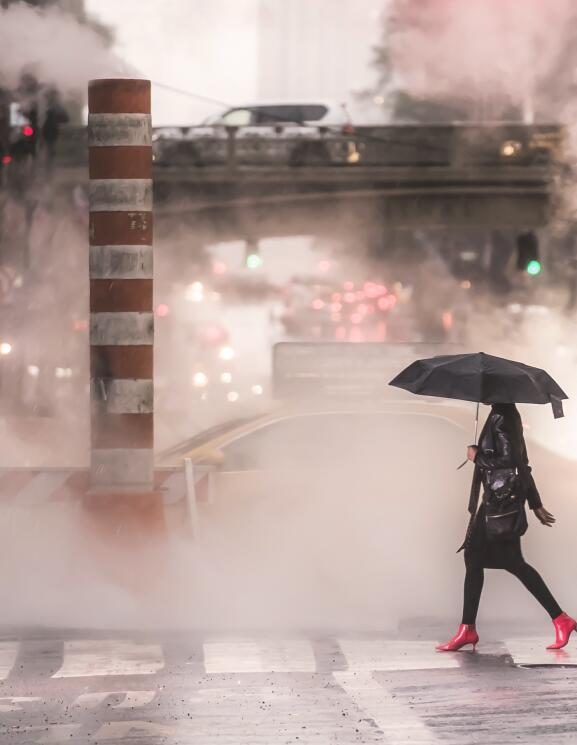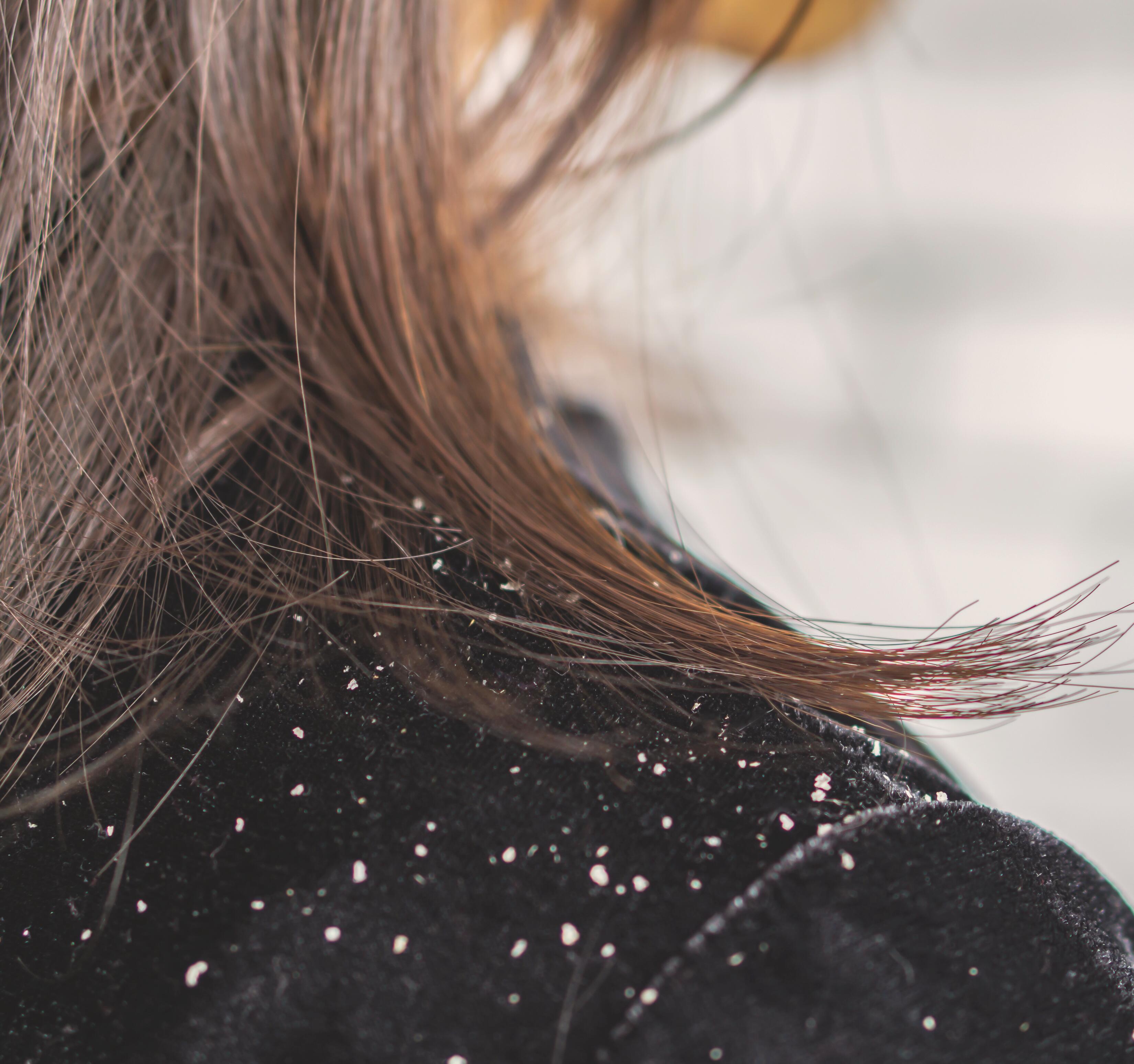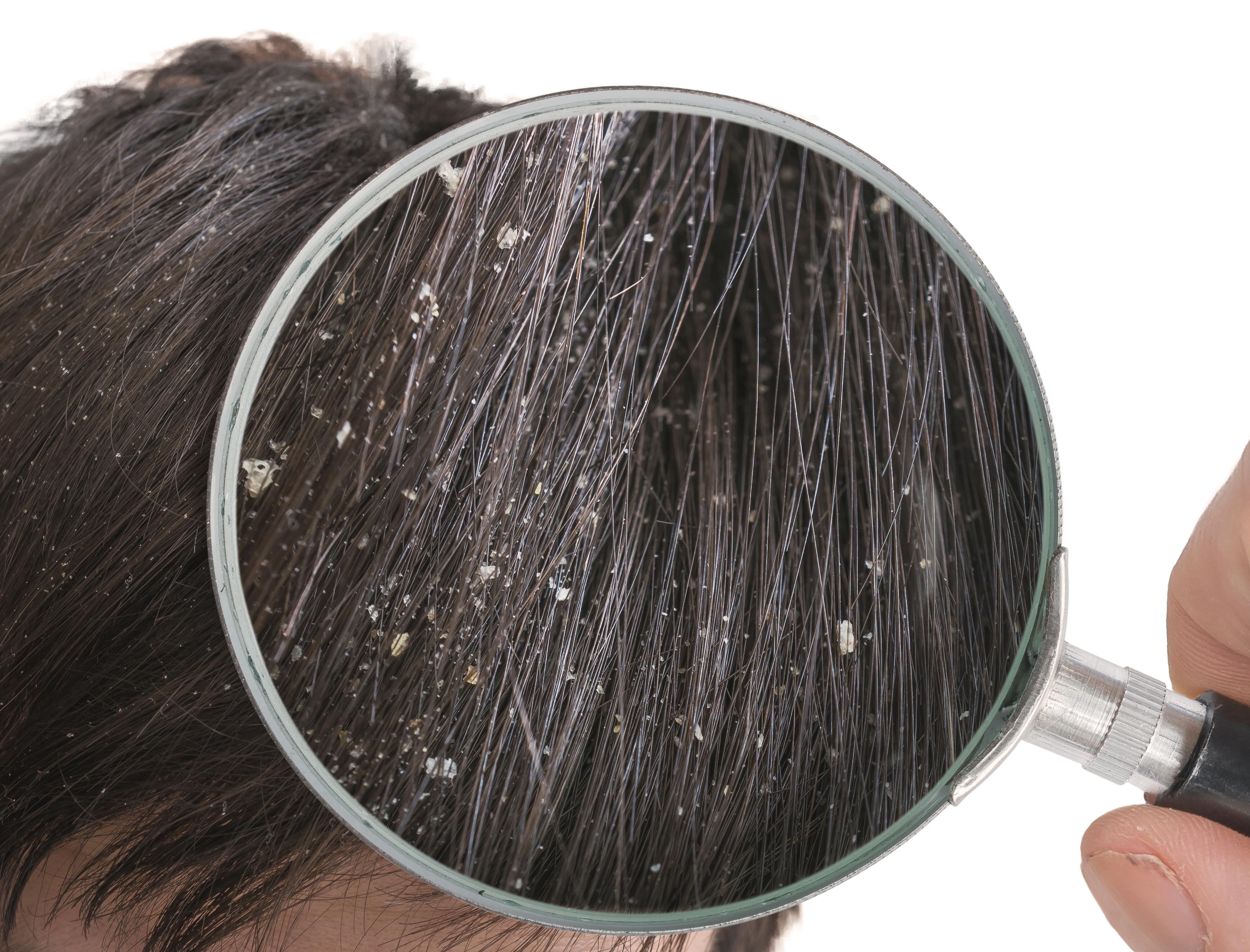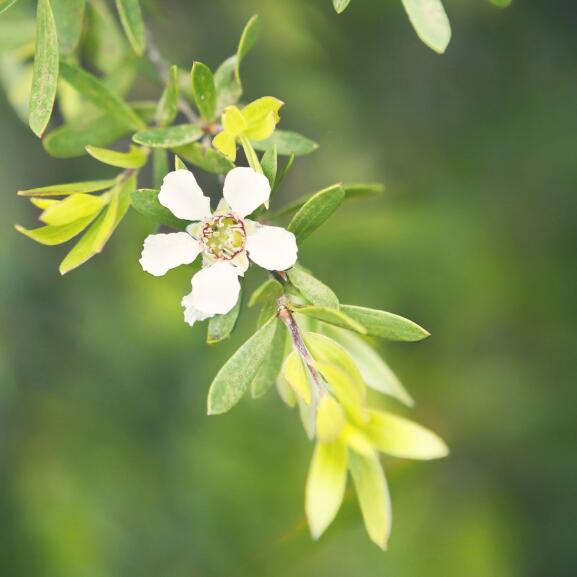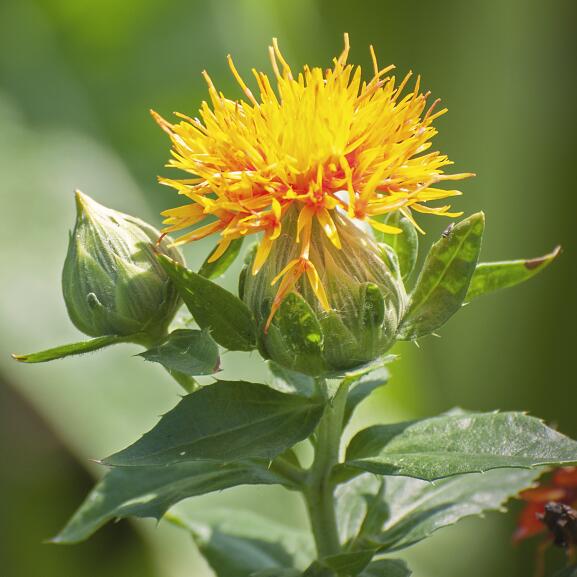Oily dandruff is mainly found in the area behind the ears and near the temples. It appears mainly at puberty. It has the appearance of greasy, yellowish flakes, amalgamated by sebum. It sticks to the hair and is exacerbated by scalp inflammation.
It is often accompanied by intense itching, which can cause lesions that may become infected.
Treatment for oily dandruff is more difficult than for dry dandruff.
Flaking conditions associated with dermatoses
This category of dandruff includes seborrheic dermatitis of the scalp, psoriasis, ichthyosis, ringworm and pityriasis amiantacea.
These are chronic scalp conditions that require medical attention.
So how do you get rid of that unsightly dandruff?
The presence of dandruff is, first and foremost, an aesthetic issue. The desire of all dandruff sufferers is to quickly regain beautiful, healthy, clean hair without any flakes.
Today, we place more and more importance on our appearance, on our seductive image, but also on our well-being. Psychologically, the elimination of dandruff allows us to restore our well-being and confidence.
An effective treatment must fulfill two functions:
- eliminate dandruff quickly, completely and permanently;
- prevent its reappearance.
The risk of recurrence must be treated. After all, with a recurrence, the inflammation increases... as does the stress of seeing dandruff reappear. The scalp becomes more itchy, the Pityrosporum Ovale continues to grow. This becomes avicious cycle.
To sum everything up, dandruff appears due to a four-stage process: the multiplication of epidermal cells, excessive flaking, the proliferation of yeasts, as well as irritation and inflammation.
An anti-dandruff shampoo must therefore target these four causes in order to respond effectively, rapidly and, above all, lastingly to this problem by:
- regulating the proliferation of dandruff
- eliminating dandruff
- limiting bacterial proliferation
- calming itching
To do this, the use of natural active ingredients is very important. Not only are they very effective, they are also respectful of the scalp which, due to its inflammatory state, needs to be treated gently.
